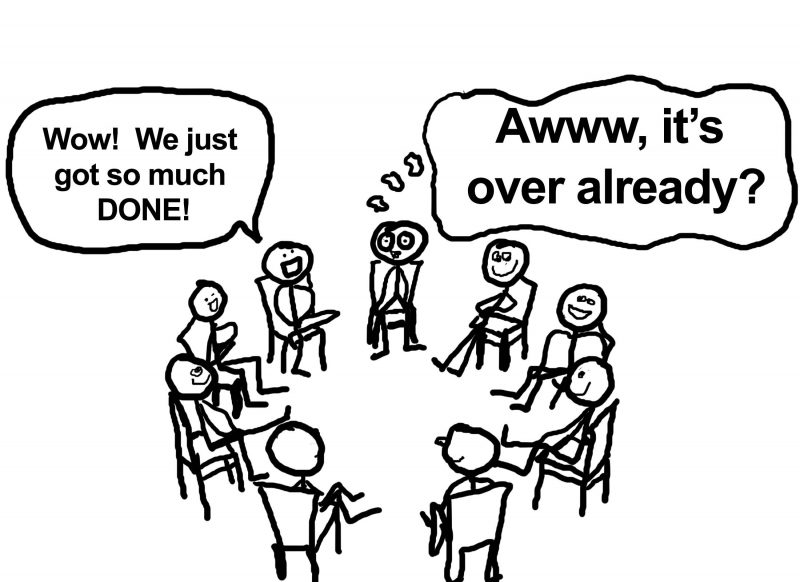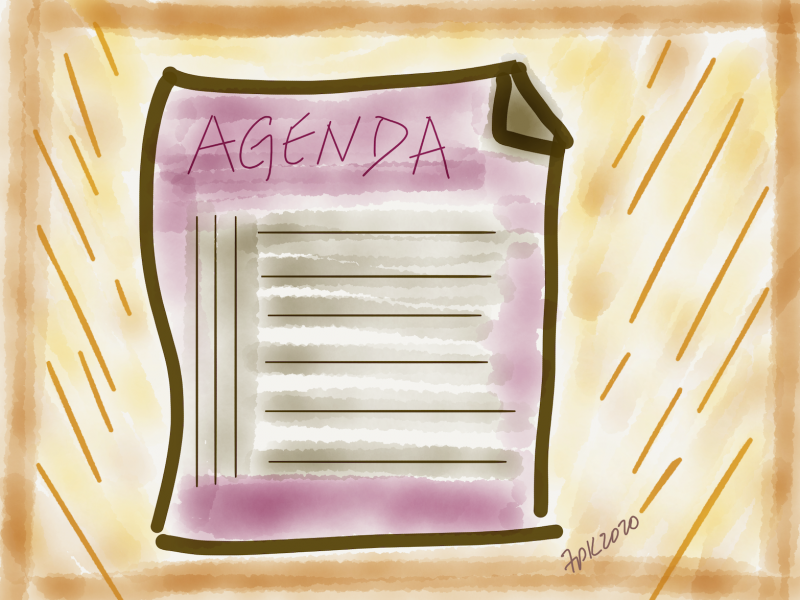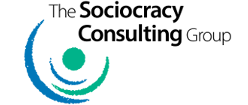
In ordinary times, meetings can run the gamut from dismal to invigorating. There is possibly even a wider range in this time of economic upheaval and physical distancing, when many of our “normal” practices for productive meetings are disrupted. Now with so many virtual meetings, how do we keep some of the spirit and function of those effective meetings? And even improve them from there? Here are some ideas to do just that.
The previous blog listed ideas to do during a meeting. This one has ideas for in advance of a meeting. All apply to both virtual and in-person meetings.
The first two ideas are part of preparation for any policy meeting. The second two require meetings themselves to make group agreements.
Separate policy and operational meetings
Here is something you can do that is simple and yet most groups neglect it. Separate policy meetings and operational meetings. Policy decisions are agreements about how the group will do their work, including how they work together. Individuals or teams make operational decisions within the guidelines set by those policies. Put an issue on the agenda for a policy meeting if you want the whole group to have input and be in on the decision. In an operational meeting, people may report on what they are doing and what they need from others, rather than all being in on every decision (Buck and Villines, 2017; Mierson, 2019). The group’s facilitator leads policy meeting processes. The group’s managerial role – CEO, department manager, team lead, or committee head – leads operational meetings.
Here is an example. A team or a company might have a policy for how they name computer files. Individuals then name the files they create, following the naming convention in that policy. If everyone makes up their own file names without a commonly-agreed scheme for that, it can be hard for anyone to find a file. And if you need a meeting with everyone weighing in to name a given file, you would have little time or energy for much else.
Hold policy meetings and operational meetings at different times. If scheduling is easier for the two to take place during the same meeting time when people are together, complete the policy meeting, take a short break, and then hold the operational meeting – or vice versa. Experiment to determine whether you prefer policy and operational meetings at separate times or back to back.
Prepare a clear agenda
 Most policy meetings go better if someone prepares and distributes the agenda in advance. That way someone has (ideally) thought through each part of the meeting, and others can come prepared. For each item, state
Most policy meetings go better if someone prepares and distributes the agenda in advance. That way someone has (ideally) thought through each part of the meeting, and others can come prepared. For each item, state
- The issue.
- The process you will use and the desired outcome. Do you plan to do picture forming only? Do you want to create a proposal? If you are starting with a prepared proposal, who will present it? Do you want a decision in this meeting? If you include that information in the agenda, participants know what to expect and can be better prepared; they may also be more relaxed.
- The time allotted for the agenda item. To improve your ability to estimate the time needed for agenda items, either the secretary or someone else can record the actual time for each item, to compare to the allotted time. With practice, your estimating ability will become more accurate.
- Who makes this decision and by what method?
Few things are more frustrating than to be part of a discussion of an issue thinking that everyone there will make the decision together, when an executive or manager is really making the decision and your discussion is input. Either way is fine, as long as it’s clear from the outset.
Will one person make the decision? Will the whole group decide, and if so will they do that by majority vote, by consensus, or by consent? All this needs to be clear in advance. The group decision-making method I like the best is consent (Buck and Endenburg, 2012; Buck and Villines, 2017; Mierson, 2019). Consent considers everyone’s perspective. Majority vote, by contrast, can ignore up to 49 percent of the voices. Consent can also eliminate endless discussion that can occur with consensus.
Choose the facilitator
The group can explicitly choose one of its members to be facilitator for policy meetings. You can choose the person in the manager role or a different member of the group. Make the selection for a defined period of time, such as four months or six meetings, during which time the group gives the facilitator feedback as part of the closing rounds. Then choose a new facilitator, again for a set period of time; it might be the same person or it might be someone different. Avoid the temptation to rotate facilitators every meeting. You want a term long enough for the person to receive feedback and improve their skills. The group can choose the facilitator by consent – see discussion in the previous section of how to make decisions.
Have a clear focus for the meeting and for the group
For a policy meeting to be focused and productive and lead to the least unnecessary tension, it’s important first for a self-managed team to have a clear focus. In the Sociocratic Circle-organization Method (SCM), that means two things for any part of the organization, beyond a single policy meeting:
- Define and all agree on the aim(s). The organization needs an aim(s), and so does each division, department, team, committee, etc. An aim is
- a product or service that you offer
- defined in terms that the client understands
- distinct from other aims (Buck and Villines, 2017).
- Define and agree on the domain of authority and of responsibility of the team. In the SCM, the domains of authority and of responsibility coincide, and reside with the team doing that particular work in the organization. I.e., the people doing the work make the decisions about how to do it (Mierson, 2019). Every area of work in the organization needs to be under a group’s domain, and only one group’s domain. Gaps or overlaps in domains are recipes for things falling between the cracks, duplication of effort, and/or for friction.
For a team, the agreement about their aim and domain must be among all the members of the team, and also with the next broader level of the organization (Buck and Endenburg, 2012; Mierson, 2019). Clear aims and domains (Buck and Villines, 2017) can prevent tension and conflict and wasting time in meetings. One way clear aims do that is that they are the basis for making consent decisions about proposals (Buck and Endenburg, 2012; Buck and Villines, 2017; Mierson, 2019).
To recap:
Preparation is key. Hold separate meetings for policy and operations. Write a clear focus for the group and a clear agenda. And intentionally choose your facilitator for a determined number of meetings to build capacity within the team.
This is the second in a two-part series, and is an excerpt from ABC’s of (Virtual) Meetings that Rock.
Resources for further learning
- For help with online meetings, see our Responsive Online Teams coaching & training packages.
- For information on sociocracy, see 5 Pitfalls of a Top-Down Hierarchy and What to Do About Them, a white paper about sociocracy.
References
- John A. Buck and Gerard Endenburg, 2012, The Creative Forces of Self-Organization.
- John Buck and Sharon Villines, 2017, We the People: Consenting to a Deeper Democracy, 2nd edition (Washington, DC: Sociocracy.info).
- Sheella Mierson, 2019, 5 Pitfalls of a Top-Down Hierarchy and What to Do About Them, a white paper about sociocracy.

Thanks to Francine Proulx-Kenzle and John Schinnerer for editing assistance with this article, and to Francine for her drawing.
Sheella Mierson, Ph.D., a founding member of The Sociocracy Consulting Group, consults with organizations to clarify business objectives and create adaptive structures and processes to achieve them. Contact us for a free consultation.


